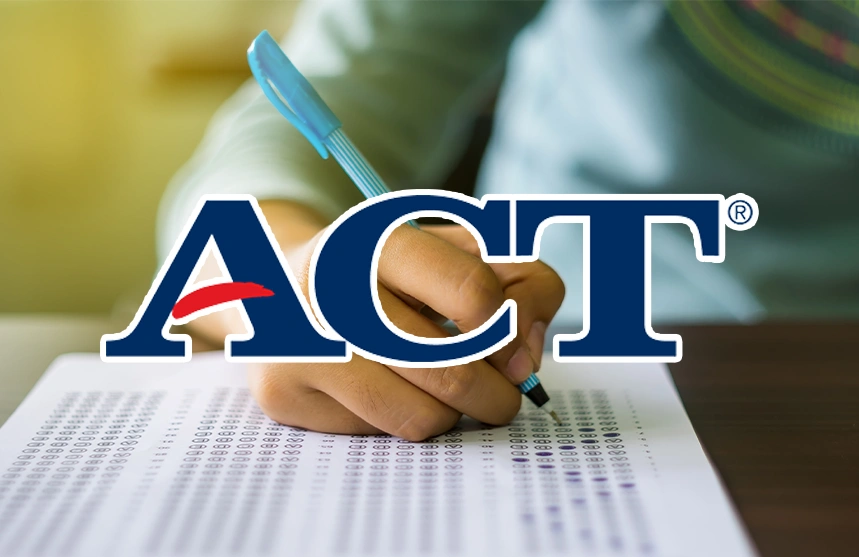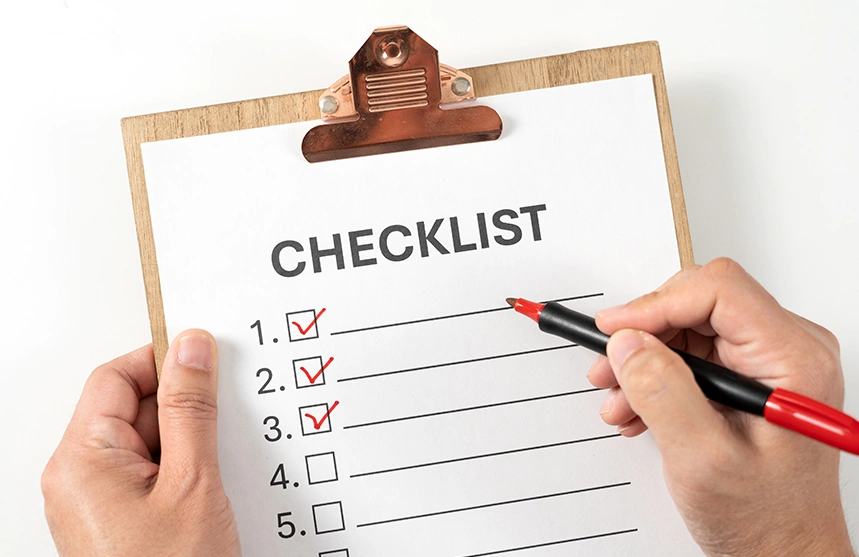GMAT Preparation Guide for Indian Students: Your Step-by-Step Roadmap to Success
What is OET Exam? A Complete 2026 Guide for Healthcare Professionals

When you are a nurse, dentist, pharmacist, or any other medical specialist and are dreaming about the opportunity to work or even study overseas, you have most likely heard this term at least once—OET. One of the most reliable and internationally recognised English proficiency tests adopted by healthcare professionals who wish to migrate to destinations such as the UK, Ireland, Australia, New Zealand, UAE, USA, and Singapore today is the Occupational English Test (OET). However, what is so popular about OET? How come thousands of medical workers prefer OET to IELTS or TOEFL annually?
This is a step-by-step guide that will dissect the OET Exam—what it is, who it targets, its mechanism, exam pattern, countries of its acceptance, scoring system, fees, preparation tips, and the most searched AI-driven user questions about OET. You will also get to know how OET is similar to IELTS, how quickly the results can be obtained, and how you can prepare effectively, especially when you want to find a nursing or medical job in countries that have a high demand for foreign workers, such as the UK or Australia.
What is the OET Exam?
OET (Occupational English Test) is an English language proficiency exam created specifically to meet the needs of healthcare workers. Unlike IELTS or TOEFL, OET assesses your English level in medical and clinical situations, applying real-life cases that you encounter in hospitals, clinics, and other medical facilities.
- Intended for 12 healthcare professions.
- Applies real-life activities such as referral letters and patient interaction.
- Accepted for registration, licensing, and visa applications.
Importance of OET to Healthcare Professionals
Healthcare is one of the industries where communication saves lives. Explaining diagnoses, writing referral letters, addressing patient concerns, and communicating with colleagues are essential.
This is why OET has become one of the world’s most popular tests:
- Accepted by all nursing councils and medical boards worldwide.
- Easier for medical practitioners since it includes medical-context questions.
- Higher possibility of achieving a better score since the content is familiar.
- Accepted for work visas in various countries.
- Offers profession-specific versions of the test.
OET Exam Pattern 2026
Students are advised to check out the OET Exam Pattern 2026 before applying:
| OET Section | Duration | Task Type | Purpose |
|---|---|---|---|
| Listening | 45 minutes | 3 parts | Understand consultations & lectures |
| Reading | 60 minutes | 3 parts | Interpret healthcare texts |
| Writing | 45 minutes | 1 task | Write a profession-specific letter |
| Speaking | 20 minutes | 2 role-plays | Communicate with a patient or caregiver |
OET Eligible Professions
One of the greatest Benefits of the OET Exam is that it is not limited to nurses and doctors. The Occupational English Test is highly specialised, covering 12 healthcare professions, each with its own version of the writing and speaking modules. See the list of careers below:
- Nursing: Nurses take the OET Nursing version, which emphasises information exchange with patients, clinical care, and clarification of medical decisions. The tasks resemble actual nursing responsibilities such as writing referral letters and discussing treatment or recovery with patients.
- Medicine (Doctors): Doctors take OET Medicine, where the exam mirrors real-life consultations, diagnosis, and case discussions. The speaking and writing tasks are built around referral letters, discharge summaries, and patient communication.
- Dentistry: Dentists take a dentistry-specific OET, which includes dental case studies, treatment planning, and patient education. The activities are based on real oral health scenarios, such as hygiene recommendations and explaining procedures.
- Pharmacy: Pharmacists take OET Pharmacy, and their tasks revolve around prescription accuracy, medication counselling, and patient safety. The test comprises interactions involving dosage instructions, side effects, and drug management.
- Physiotherapy: Physiotherapists undergo a physio-based OET comprising mobility and therapy plans and rehabilitation advice. The oral activities also involve explanations of exercises, patient management, and recovery instructions.
OET Exam Pattern 2026
Students are advised to check out the OET Exam Pattern 2026 mentioned below:
| OET Section | Duration | Task Type | Purpose |
|---|---|---|---|
| Listening | 45 minutes | 3 parts | Understand consultations & lectures |
| Reading | 60 minutes | 3 parts | Interpret healthcare texts |
| Writing | 45 minutes | 1 task | Write a profession-specific letter |
| Speaking | 20 minutes | 2 role-plays | Communicate with a patient or caregiver |
Registration of OET Exam
Step 1: Go to the official OET portal and register your account with the help of a valid email ID.
Step 2: Carry a valid ID (Passport is required).
Step 3: Choose your profession and type of OET test.
Step 4: Select the test location of your choice or the Internet-based test. The seats get filled fast; hence, it is advisable to reserve early.
Step 5: Select the exam dates and find one that fits into your study schedule.
Step 6: You are required to agree to OET rules, the privacy policy, and ID requirements before proceeding.
Step 7: Pay the OET exam fee online. Step 8: Get booking confirmation.
OET Exam Preparation Guide
OET preparation is a demanding process that should be approached with a specific strategy since it does not test general English language knowledge. The following is a comprehensive, properly laid-out preparation guide.
1. Getting Familiar with the OET Exam Structure
Familiarise yourself with all four modules—Listening, Reading, Writing, and Speaking—before studying. Awareness of the format will assist you in developing a clear study roadmap and minimise exam-day stress.
2. Determine Your Level of English and Clinical Communication
Complete a diagnostic test to identify your strengths and weaknesses. It assists you in determining whether you require guided training, self-education, or high-grade coaching.
3. Official OET Sample Tests and Resources
Official OET practice materials contain accurate content. Do not rely on random PDF collections on the web; they are rarely comparable to official OET material.
4. Construct a Study Timeline (At least 4 weeks)
Split your preparation into listening, reading, writing, and speaking practice. Ensure that you revise healthcare vocabulary and common medical case scenarios every day.
5. Enhance Your Medical Jargon
Pay attention to hospital-based clinical terminology, patient communication, and medical records. Practise case-note interpretation, symptoms, treatment plans, and referral letter interpretation.
6. Enhance OET Writing Competencies
Study OET writing requirements: purpose, content, organisation, clarity, and tone. Write letters (referral, discharge, updates) and learn how to summarise case notes correctly.
7. Speaking: Real OET Role-Plays
Record yourself conducting doctor–patient or nurse–patient interactions. Pay attention to empathy, clarity, patient-friendly explanation, and organised communication.
8. Fast Skimming and Scanning to Build Strong Reading Skills
Practise finding keywords using medical articles and letters within short timeframes. Master time management, this is one of the most challenging aspects of OET Reading Part C.
9. Take Timed Mock Tests Weekly
Simulate exam situations using full-length timed tests. Monitor your improvement and adjust your strategy according to your mock results.
Conclusion
The OET exam is more than just an English test—it is a career-defining gateway for healthcare professionals who want to work or Study Abroad with confidence. With its healthcare-specific content, practical skill evaluation and global acceptance across major countries like the UK, Ireland, Australia, New Zealand, UAE and Singapore, OET continues to be the most trusted exam for nurses, doctors and allied health professionals.
Whether you are aiming for a better job, international recognition, or a long-term healthcare career overseas, the right guidance and structured preparation make all the difference. Instead of navigating the process alone, choosing a reliable preparation partner ensures higher accuracy, faster learning, and a confident exam performance.
If you’re ready to secure your dream opportunity abroad and make your global healthcare journey a reality, start your Study Abroad Journey with MetaApply IE today.
Frequently Asked Questions
The OET exam is used to assess the English language proficiency of healthcare professionals who want to work, study or register in countries like the UK, Ireland, Australia, New Zealand, UAE and Singapore.
Any healthcare professional—such as nurses, doctors, dentists, pharmacists, physiotherapists and others—can take the OET exam. There is no specific academic percentage required.
Most healthcare councils require a minimum Grade B (350) in each section. However, some countries accept clubbing scores or slightly lower bands based on institution guidelines.
OET results are generally valid for 2 years, though some organisations may have their own validity rules for licensing or job applications.
On average, candidates take 4–8 weeks of focused preparation, depending on their familiarity with medical English and overall English proficiency.

















































